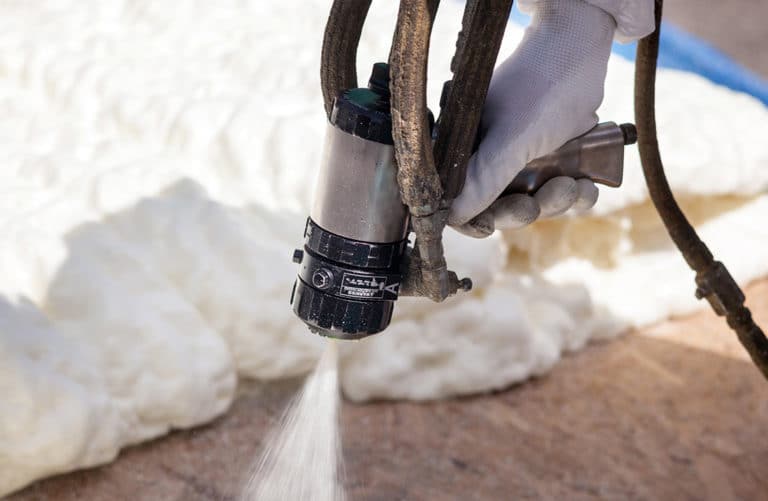Insulating your crawl space
A crawl space is an unoccupied, unfinished, narrow space within a building, between the ground and the first floor. The crawl space is so named because there is typically only enough room to crawl rather than stand.
If your home has any crawl spaces, don’t let them go without insulation! When crawl spaces are properly insulated, you can cut your energy costs significantly and add to the overall comfort of your home no matter the season.
If you need crawl space insulation installation in the Rochester or Syracuse areas, talk to MIG today. We have been servicing Upstate New York since 1975, delivering quality products and reliable, professional service to all of our customers. Our crawl space insulation specialists provide re-insulation services, new construction insulation services, and renovation insulation services. We offer a variety of different types of insulation options to fit your needs.

Types of insulation for a crawl space
You can use a wide range of insulation products in your crawl spaces, including:
- Fiberglass insulation: Fiberglass insulation is one of the most widely used types of insulation, and it can be installed as a blanket system of rolls and batts.
- Cellulose insulation: One of the most environmentally friendly types of insulation available, cellulose is made of up to 80 percent recycled material. It is also one of the best types of insulation for soundproofing.
- Spray foam insulation: Spray foam is ideal for all the small cracks, gaps and crevices behind your walls and can help eliminate air infiltration which can cause your energy bills and cold feet!
Unventilated & Ventilated Crawl Space Insulation Installation
There are three keys to making sure your crawl space insulation installation will be effective:
- Moisture control – Be sure to use a water-managed foundation system to drain water and moisture away from your home’s foundation.
- Air-sealed construction – Prior to crawl space insulation installation, be sure to seal all air leaks between the inside space and the outdoors.
- Properly installed insulation – Make sure your crawl space has been properly insulated and that the insulation is continuous and complete.
Before insulating your crawl space, it is important to know whether it is ventilated or unventilated because this will affect the insulation process.
Usually, crawl spaces are vented to prevent moisture problems. However, many buildings today contain unventilated crawl spaces. This may actually be the best option in homes that have sufficient moisture control and exterior drainage because ventilation in the cold months makes it hard to keep the crawl space warm, and warm, moist air in the summer that enters the crawl space through vents can lead to an increase in moisture levels. If you have an unventilated crawl space, the best approach to take is to seal and insulate the foundation walls, rather than insulating the crawl space’s subfloor.
There are several advantages of insulating your unventilated crawl space. When your crawl space has adequate insulation, moisture control and air sealing, your home will be more comfortable, and you will likely see savings in your home’s energy costs. Other advantages of installing insulation in your unventilated crawl space include:
- There are fewer problems associated with ventilating a crawl space
- Less insulation is required
- There is no requirement for insulation for energy efficiency reasons or protection against freezing (piping and ductwork are within the conditioned areas of the house)
Certified Energy Expert
The team at MIG Building Systems is proud to be part of the Owens Corning® Certified Energy Expert® Professionals – giving our customers a greater sense of the quality of our installations, materials, and the confidence that your home or building project is quieter, more comfortable, and more energy-efficient. Learn more about what it takes to be a Certified Energy Expert for Owens Corning.